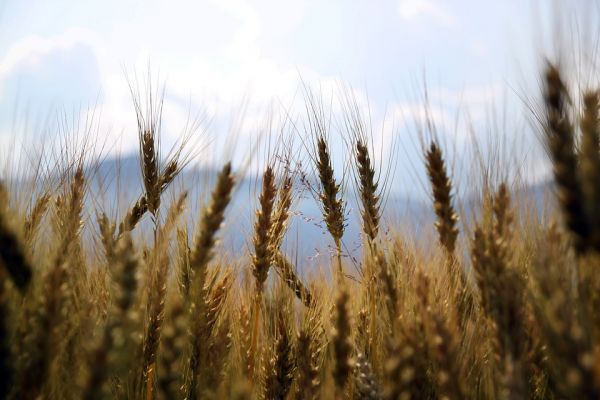Relieved farmers in Australia's export-focused west are celebrating good rainfall at the end of the winter wheat-planting window, although conditions remain parched in the eastern states.
The rain has provided relief to some parts of the country after difficult conditions threatened to cut crop yields for a second successive season in the world's fourth-largest wheat exporter.
Improving Conditions
"We've had an inch of rain in the last three or four days so things are on the improve. Our crops should all emerge now so - pretty happy at the moment," said John Nicoletti, one of Australia's biggest wheat farmers.
Nicoletti sowed his wheat across more than 70,000 hectares (180,000 acres) of dry soil last month with only a hope of rain.
The skies then opened in late May giving the 2018 growing season an unexpectedly strong start.
"It's all smiles at the moment," Nicoletti told Reuters.
The state of Western Australia generates half of Australia's total wheat production, according to government data. West coast wheat is largely exported to Asia and the Middle East, while the east coast supplies much of the nation's domestic market.
Harvest
Australian farmers harvested an estimated 21.2 million tonnes of wheat in winter 2017/18, down 38 percent from a record crop of 34.4 million tonnes in 2016/17 according to the latest figures from the Australian Bureau of Agriculture, Resource Economics and Rural Sciences (ABARES).
Growers in the second-biggest wheat supplier to Asia had until the end of May to plant, and have been counting on good rains across both east and western crop regions, farmers, traders and analysts said.
Some east coast farmers replaced wheat with canola, which has a later planting window, as they wait for rain.
"There will be many farmers like myself that will sow more canola than they might have thought," said Dan Cooper, a farmer in Caragabal, 400 km (250 miles) west of Sydney.
Lower eastern wheat plantings will reduce national output, analysts said. "We have trimmed our wheat forecast by a million tonnes to 23.5 million on reduced plantings and there is plenty of scope to bring that number down even more if the dry weather continues," commodity analyst James Maxwell said.
News by Reuters, edited by ESM. Click subscribe to sign up to ESM: European Supermarket Magazine.














